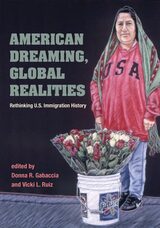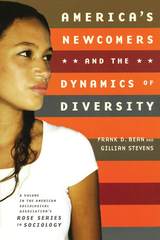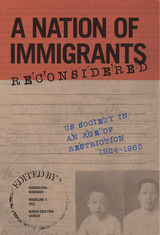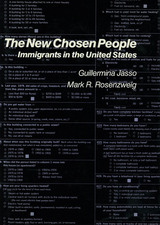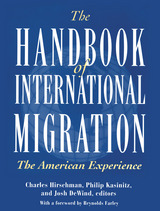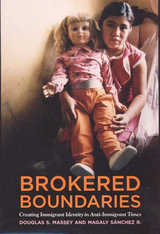The Changing Face of Home: The Transnational Lives of the Second Generation
Russell Sage Foundation, 2002
Paper: 978-0-87154-516-9 | eISBN: 978-1-61044-353-1 | Cloth: 978-0-87154-517-6
Library of Congress Classification JV6455.C434 2002
Dewey Decimal Classification 305.90691
Paper: 978-0-87154-516-9 | eISBN: 978-1-61044-353-1 | Cloth: 978-0-87154-517-6
Library of Congress Classification JV6455.C434 2002
Dewey Decimal Classification 305.90691
ABOUT THIS BOOK | AUTHOR BIOGRAPHY | TOC
ABOUT THIS BOOK
The children of immigrants account for the fastest growing segment of the U.S. population under eighteen years old—one out of every five children in the United States. Will this generation of immigrant children follow the path of earlier waves of immigrants and gradually assimilate into mainstream American life, or does the global nature of the contemporary world mean that the trajectory of today's immigrants will be fundamentally different? Rather than severing their ties to their home countries, many immigrants today sustain economic, political, and religious ties to their homelands, even as they work, vote, and pray in the countries that receive them. The Changing Face of Home is the first book to examine the extent to which the children of immigrants engage in such transnational practices. Because most second generation immigrants are still young, there is much debate among immigration scholars about the extent to which these children will engage in transnational practices in the future. While the contributors to this volume find some evidence of transnationalism among the children of immigrants, they disagree over whether these activities will have any long-term effects. Part I of the volume explores how the practice and consequences of transnationalism vary among different groups. Contributors Philip Kasinitz, Mary Waters, and John Mollenkopf use findings from their large study of immigrant communities in New York City to show how both distance and politics play important roles in determining levels of transnational activity. For example, many Latin American and Caribbean immigrants are "circular migrants" spending much time in both their home countries and the United States, while Russian Jews and Chinese immigrants have far less contact of any kind with their homelands. In Part II, the contributors comment on these findings, offering suggestions for reconceptualizing the issue and bridging analytical differences. In her chapter, Nancy Foner makes valuable comparisons with past waves of immigrants as a way of understanding the conditions that may foster or mitigate transnationalism among today's immigrants. The final set of chapters examines how home and host country value systems shape how second generation immigrants construct their identities, and the economic, social, and political communities to which they ultimately express allegiance. The Changing Face of Home presents an important first round of research and dialogue on the activities and identities of the second generation vis-a-vis their ancestral homelands, and raises important questions for future research.
See other books on: Changing Face | Home | Second Generation | Transnationalism | Waters, Mary C.
See other titles from Russell Sage Foundation

